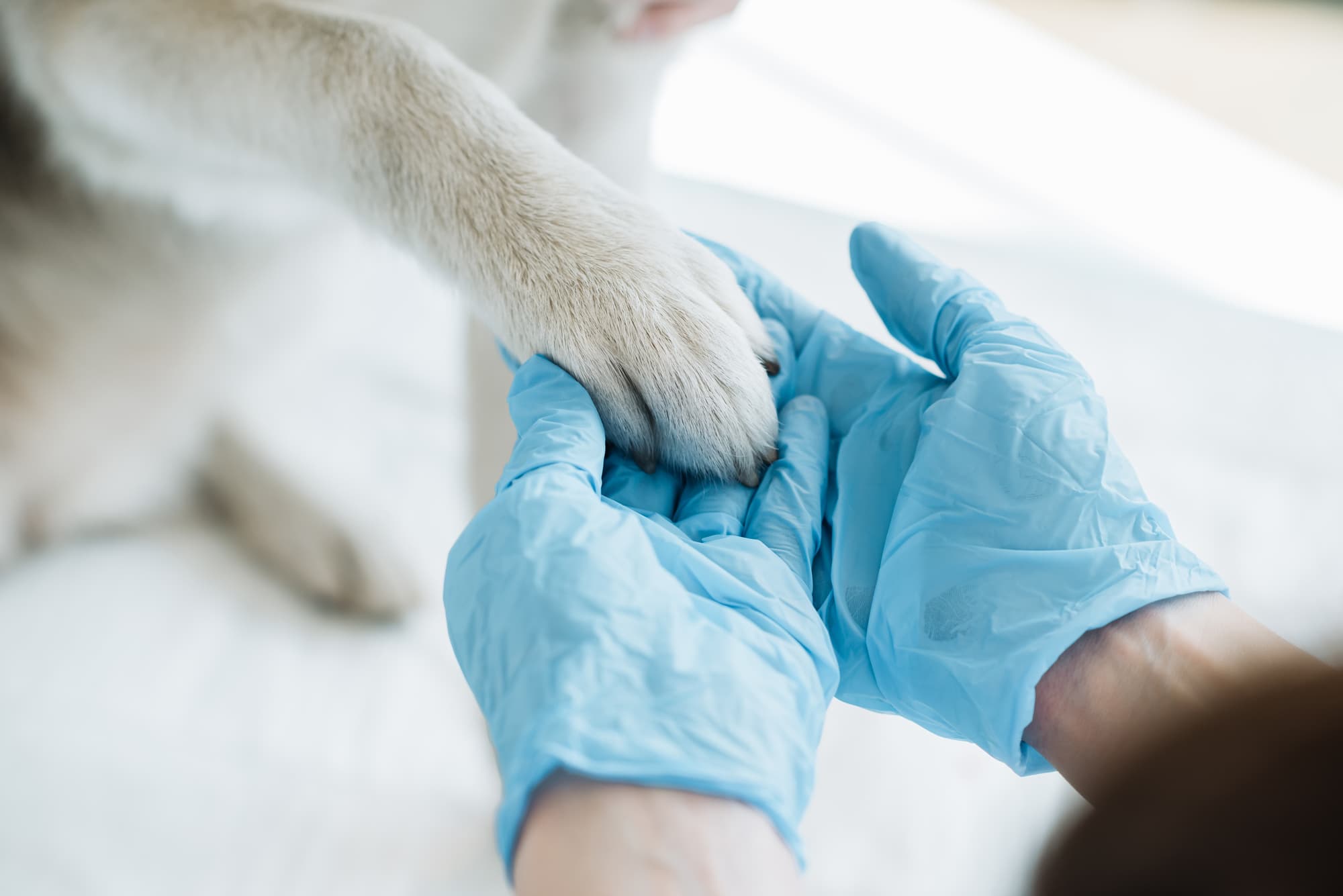Pets are a part of the family, so it’s a sad fact that dogs and cats can sometimes go missing. Over the years, pet owners have utilised various means in order to locate their lost pet. The most commonly known method to help others identify your cat or dog should they find themselves lost is the identification tag, usually fitted to a collar. But it’s an unfortunate reality that identification tags are far from reliable. They can be damaged to the point of un-readability, loosen, tear, or break away from your pet as they clamber about.
Fortunately, modern technology allows a relatively simple solution to all of these problems: the microchip.
What is a Microchip?
Microchips are tiny: they are the size of a grain of rice! Acting as a transponder, activated by radio waves sent out by an external scanner, microchips send out an identification code detailing your pet’s information. This information is accessible from a computer and thus, your pet can be identified.
Most microchips available for dogs and cats do not function as a GPS device (although, there are GPS microchips available, if this is your preference), meaning that they do not provide the location of your pet. What they guarantee, however, is that a veterinarian or animal shelter can identify your pet, should someone find your lost companion.
Implanting Microchips
The microchip is inserted subcutaneously (just under the skin), and the implant procedure is short and straightforward. No surgery or anaesthetics are necessary, as the process is carried out via simple injection.
The discomfort of a microchip implant injection is similar to that of a regular injection, so there’s no need for concern. With that said, many owners opt to have microchips implanted during a neutering or spaying, whilst their puppy or kitten remains under the effect of anaesthesia.
Typically, microchips will be inserted between the shoulder blades, at the base of the neck. This applies to both kittens and puppies. As the chip is inserted just under the skin, you may be able to locate it by touch if you feel beneath your pet’s fur.
It’s common for a microchip to migrate a short distance along the skin during the course of your pet’s life. In very rare cases, the microchip can migrate to other parts of the body, such as down to the bottom of the chest or down a front leg. This is nothing to worry about though—it’s quite normal.
The Benefit of Microchips
On the whole, we think that microchips are a fantastic invention and a modern necessity for pet ownership. The function of a microchip is precisely its benefit. It will enable your pet to be identified by a veterinarian or animal shelter even if they’ve never met you or your pet before.
As such, you can be contacted and reunited with your loving companion. This means that those tragic instances of lost pets who end up at animal shelters, only to never again be reunited with their owners because of lost or ruined identification tags need never occur again.
Pet parents should be aware that there is very little risk posed by the implant of a microchip in their puppy or kitten. It would be perfectly understandable to refrain from having this short, simple, and affordable procedure conducted if there were reasonable concern about the wellbeing of your animal as a result. But the reality is that modern microchips are very beneficial, and absolutely invaluable if your pet gets lost.
Further Information and Statistics
It’s important to note than microchips are not designed to replace regular collars and identification tags. An intact and up to date identification tag is the quickest way to identify a lost dog or cat, and doesn’t require a scanner to access its important information. Microchips, then, should be thought of as a smart and responsible additional layer of security should your pet shimmy out of its collar.
A recent study (conducted by the American Veterinary Medical Foundation) into the effectiveness of microchips unearthed some interesting, but sobering results. In a sample of over 7,700 stray pets, it was found that:
- Dogs who did not have microchips were reunited with their family just 21.9% of the time.
- Dogs who did have microchips were reunited with their family 52.2% of the time.
- Cats who did not have microchips were reunited with their family just 1.8% of the time.
- Cats who did have microchips were reunited with their family 38.5% of the time.
It’s important to note that in the instances where pets were not reunited with their families despite having microchips, the failure was the result of out of date contact information. With this in mind, it’s patently clear that keeping the contact information associated with your pet’s microchip up to date is supremely important. Doing this is straightforward, as the information is maintained on two commonly used (nation-wide) databases of pet registration information. You will not need to reinsert your pet’s microchip—that’s a one-time thing only!
For more information about microchips, don’t hesitate to contact us.






